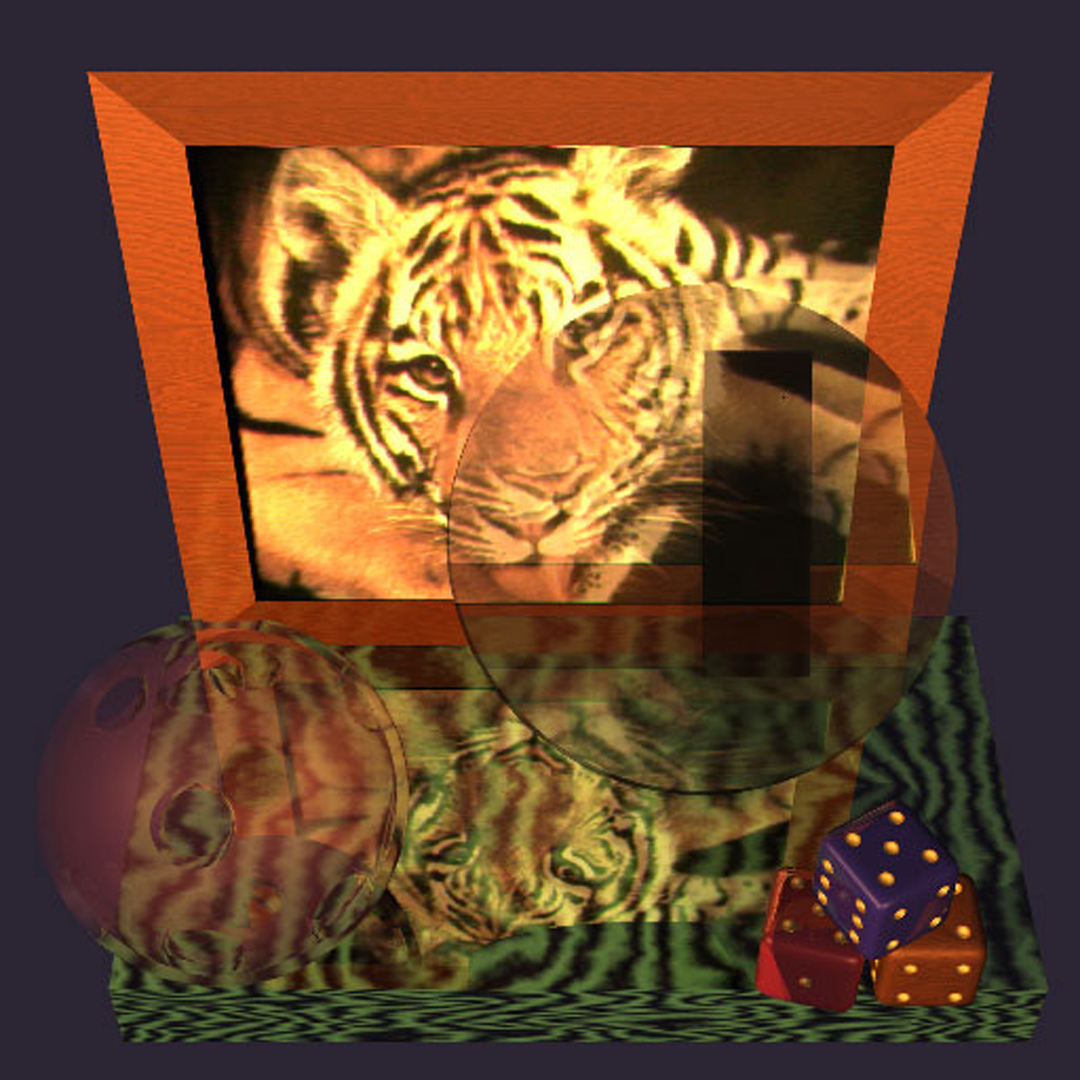“Polarization and birefringency considerations in rendering” by Tannenbaum, Tannenbaum and Wozny
Conference:
Type(s):
Title:
- Polarization and birefringency considerations in rendering
Presenter(s)/Author(s):
Abstract:
In this work we render non-opaque anisotropic media. A mathematical formalism is described in which polarization effects resulting from light/material interactions are represented as transformation matrices.When applying the matrices a skewing is performed to ensure that like reference coordinates are used. The intensity and direction of an extraordinary ray is computed.
References:
1. Max Born and Emil Wolf. Principles of Optics. The Macmillan Company, second (revised) edition, 1964.
2. G. B. Parrent Jr. and P. Roman. On the Matrix Formulation of the Theory of Partial Polarization in Terms of Observables. Il Nuovo Cimento (English version), 15(3):370{388, February 1960.
3. John Strong. Concepts of Classical Optics. W. H. Freeman and Company, Inc., 1958.
4. Gregory J. Ward. Measuring and Modeling Anisotropic Re ection. In Computer Graphics (SIGGRAPH ’92 Proceedings), volume 26, No. 2, pages 265{272, July 1992.
5. Emil Wolf. Coherence Properties of Partially Polarized Electromagnetic Radiation. Il Nuovo Cimento (English version), 13(6):1165{1181, September 1959.
6. Lawrence B. Wol~ andDavid J. Kurlander. Ray Tracing with Polarization Parameters. IEEE Computer Graphics & Applications, 10(6):44{55, November 1990.




